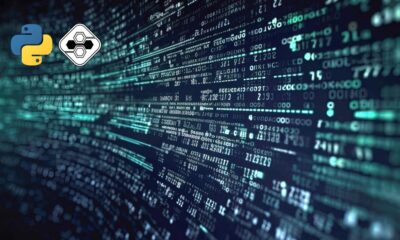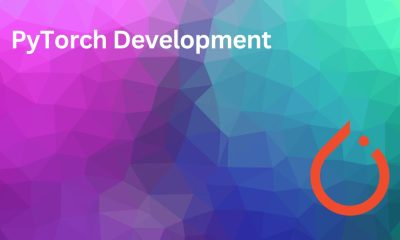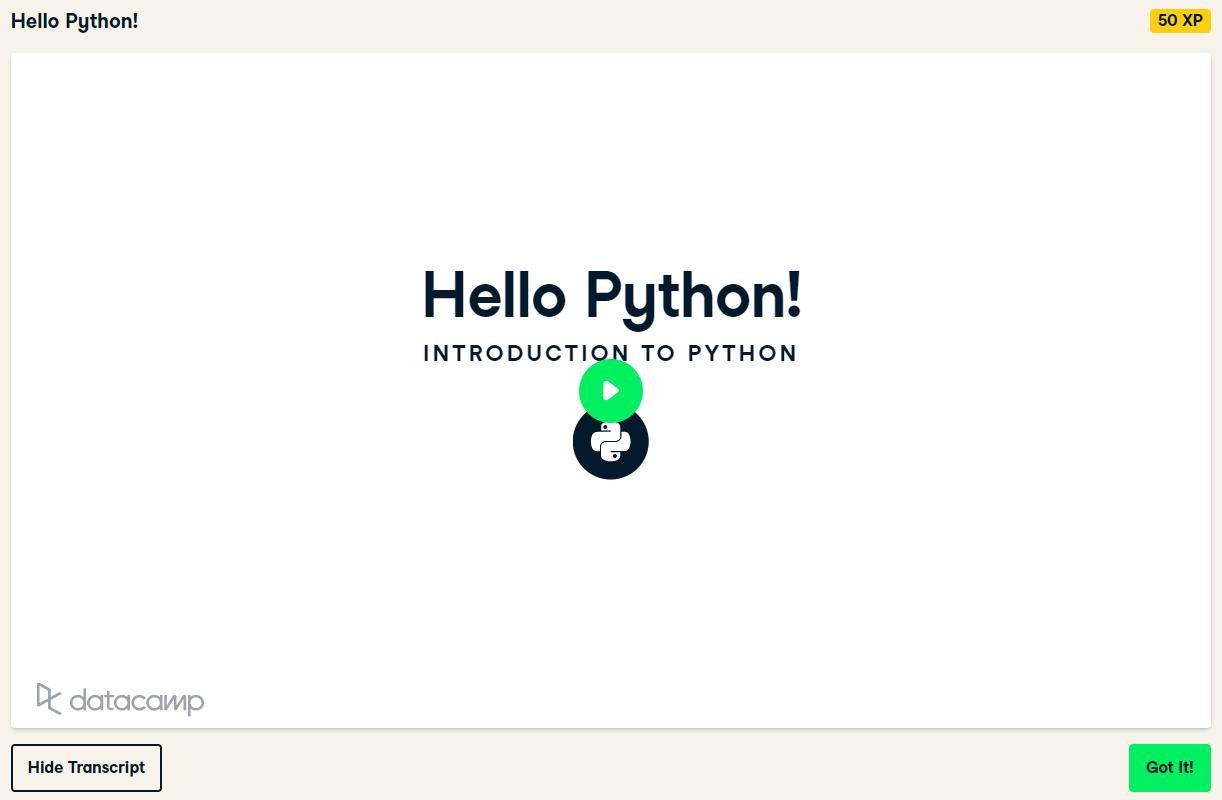

It is all nonsense. The only thing everyone is working on in 2024 is AI.


Planning and defining your software development project scope is essential for ensuring the success of the development endeavor. By establishing clear objectives, deliverables, and constraints upfront,...


The Global TIOBE Index is a widely cited indicator of the popularity of programming languages. It’s based on the number of skilled engineers, courses, and third-party...


Ready to take your app development skills to the next level? Look no further than Python! Python is the perfect programming language to add advanced features...
Python, as a programming language, has revolutionized the world of information technology (IT) as we know it for the last three decades. It has helped evolve...


If you’re looking to hire Python developers quickly, here are five tips to help you find them in just five days. I will definitely add my...
Are you interested in learning how to make a web crawler in Python? Look no further! In this article, we will guide you through the process...


Python is a general-purpose, high-level programming language that can be interpreted. Its design philosophy emphasizes code readability and the use of significant indentation. Python can be dynamically...


As a programming language, Python has gained significant popularity over the years. Python’s extensive standard library and ease of learning make it one of the most...


Hello and welcome to my PyTorch development and consulting services blog! If you’re looking for help with PyTorch development or consulting, then you’ve come to the...
Hey there! I wanted to share a little story with you about my experience with Python. I’ll admit right off the bat that I’m not a...
In this article, we'll explore Python venture thoughts from fledglings to cutting edge levels with the goal that you can achieve without much of a stretch...
Outsourcing the development of your Python application can help you save time and money. There are many benefits associated with outsourcing, including: Ease of access to...


Do you know some differences between Java Vs Python in the web development field? Have you ever thought about Java Vs Python and which programming language...
Thanks for taking our developer survey! We’re interested in your thoughts on various programming languages, including JavaScript, Python, Rust, and more. Please take a few minutes...


Python is a computer programming language. We would not say it is a complex language to learn, but we know that it is not a language...

5 Steps How to Create a Discord Bot Account Make sure you’re logged on to the Discord website. Navigate to the application page. Click on the...


1. Start! Hi, my name is Hugo and I’ll be your host for Introduction to Python for Data Science. I’m a data scientist and educator at...
Recent Comments